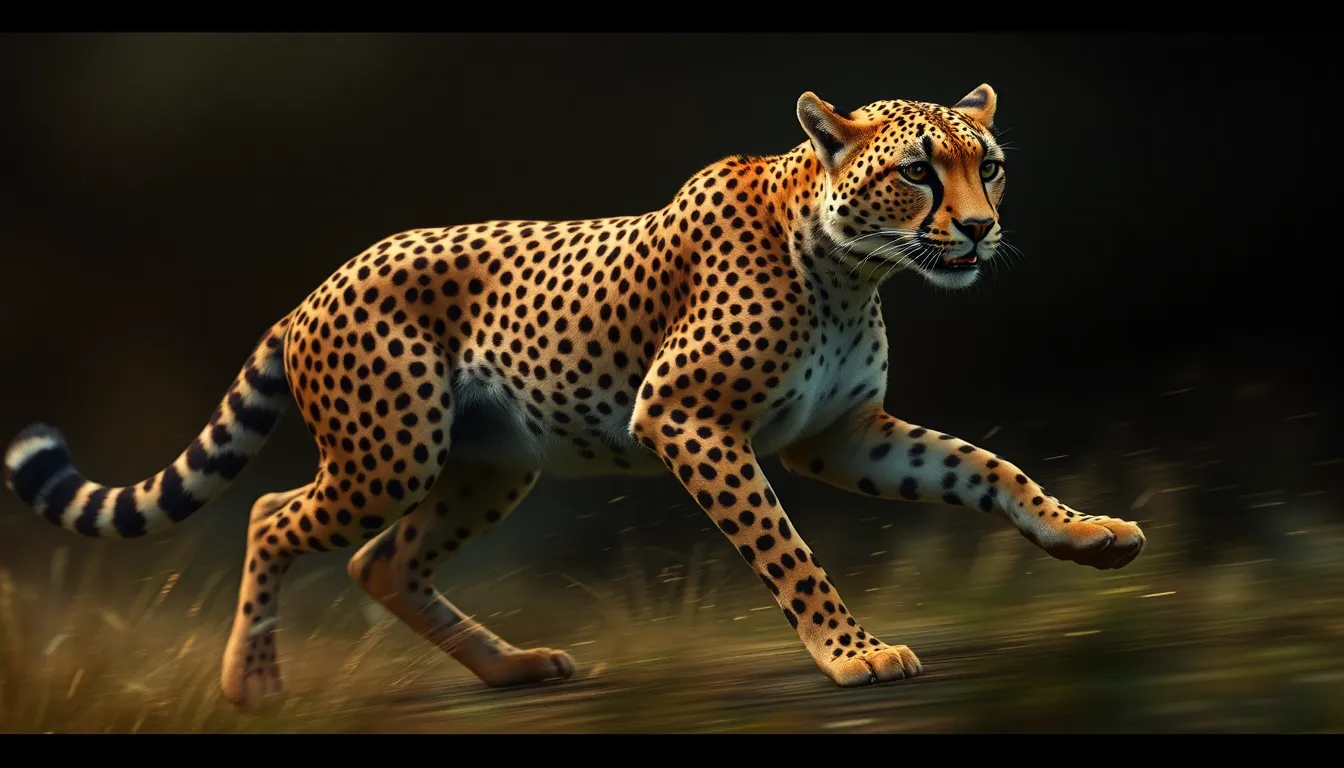The Baba Yaga Codex: Unraveling the Secrets of the Bone-Legged Hag
I. Introduction
Baba Yaga is one of the most iconic figures in Slavic folklore, known for her captivating blend of wisdom and malevolence. This enigmatic character has captured the imagination of countless generations, serving as both a powerful witch and a crafty mentor. The Baba Yaga Codex, a compilation of tales, spells, and rituals associated with her, offers a unique insight into her character and the cultural significance she holds.
The importance of the Baba Yaga Codex lies in its ability to reveal the complexities of this figure, exploring themes of femininity, power, and the duality of nature. This article aims to delve into the origins, symbolism, and cultural impact of Baba Yaga, while also examining the literary structure and themes presented in the Codex.
II. The Origins of Baba Yaga
The historical roots of Baba Yaga can be traced back to ancient Slavic mythology, where she is often depicted as a supernatural being with potent magical abilities. Initially associated with the wilderness and the natural world, Baba Yaga evolved through the ages into the multifaceted character known today.
Her evolution reflects the changing attitudes towards women and nature within Slavic cultures:
- Historical Context: Baba Yaga’s character has been influenced by ancient Slavic beliefs, including goddess worship and animism.
- Folkloric Evolution: Over time, she transitioned from a benevolent earth goddess to a more ambiguous figure, embodying both wisdom and threat.
- Cultural Significance: Her connection to the forest and the underworld signifies the duality of life and death in Slavic folklore.
III. The Iconography of Baba Yaga
Baba Yaga’s physical appearance is striking and memorable, often depicted as an old woman with a fearsome demeanor. Her most distinctive features include:
- Bone Legs: Symbolizing her connection to death and the spirit world.
- Chicken-Legged Hut: A symbol of her mobility and her ties to the natural world, the hut can rotate and move at her command.
The iconography surrounding Baba Yaga serves to enhance her mystique. In artistic representations, she is often shown with a mortar and pestle, flying through the air, further emphasizing her magical prowess. The various artistic interpretations across folklore and literature highlight her role as both a nurturing figure and a formidable adversary.
IV. The Baba Yaga Codex: Structure and Content
The Baba Yaga Codex is a rich literary work that encapsulates the essence of Baba Yaga’s character and the folklore surrounding her. It comprises various tales, spells, and rituals that illuminate her role in Slavic culture. Key elements of the Codex include:
- Structure: The Codex is organized into sections that explore different aspects of Baba Yaga’s character, from her spells to her interactions with heroes.
- Themes: Central themes include the duality of life and death, the quest for knowledge, and the struggle for power.
- Spells and Rituals: The inclusion of spells reflects the belief in magic as a vital part of daily life, showcasing the intersection of the mystical and the mundane.
V. Baba Yaga’s Role in Folktales
Baba Yaga’s characterization in folktales is multifaceted, often serving as both mentor and antagonist. Her role varies depending on the narrative context, contributing to her complexity:
- Mentor: In some tales, she aids protagonists by providing them with valuable knowledge or magical items.
- Antagonist: Conversely, she may obstruct heroes, presenting challenges that must be overcome.
- Narrative Patterns: Common motifs include the hero’s journey, where encounters with Baba Yaga lead to personal growth and transformation.
The impact of Baba Yaga on protagonists can be profound, often forcing them to confront their fears and desires, ultimately leading to self-discovery.
VI. The Cultural Impact of Baba Yaga
Baba Yaga’s influence extends beyond traditional folklore into modern literature, film, and art. She has been reimagined in various forms, highlighting her enduring legacy:
- Modern Literature: Authors have incorporated Baba Yaga into contemporary narratives, portraying her in diverse ways that resonate with modern themes.
- Film and Art: Baba Yaga’s image has inspired filmmakers and artists, leading to a resurgence of interest in Slavic mythology.
- Comparison with Other Figures: Baba Yaga shares similarities with other mythical figures, such as the witch archetype in Western folklore, yet retains her unique Slavic identity.
VII. Interpretations and Theories Surrounding Baba Yaga
The character of Baba Yaga has been the subject of various interpretations and theories across disciplines:
- Feminist Interpretations: Some scholars argue that Baba Yaga represents the complexity of female power and the societal fears surrounding it.
- Psychological Analyses: From a psychological perspective, she embodies the archetype of the wise old woman, representing the subconscious mind and the journey of self-discovery.
- Academic Perspectives: Folklore studies often examine her significance as a cultural symbol, reflecting societal values and beliefs.
VIII. Conclusion
The allure and mystery of Baba Yaga continue to captivate audiences, making her a timeless figure in Slavic folklore. The Baba Yaga Codex not only preserves her stories but also enriches our understanding of her character and the cultural context in which she exists. As we explore the depths of Slavic mythology, we invite further exploration of the complex narratives and themes surrounding Baba Yaga, recognizing her as a bridge between the ancient and the contemporary.



